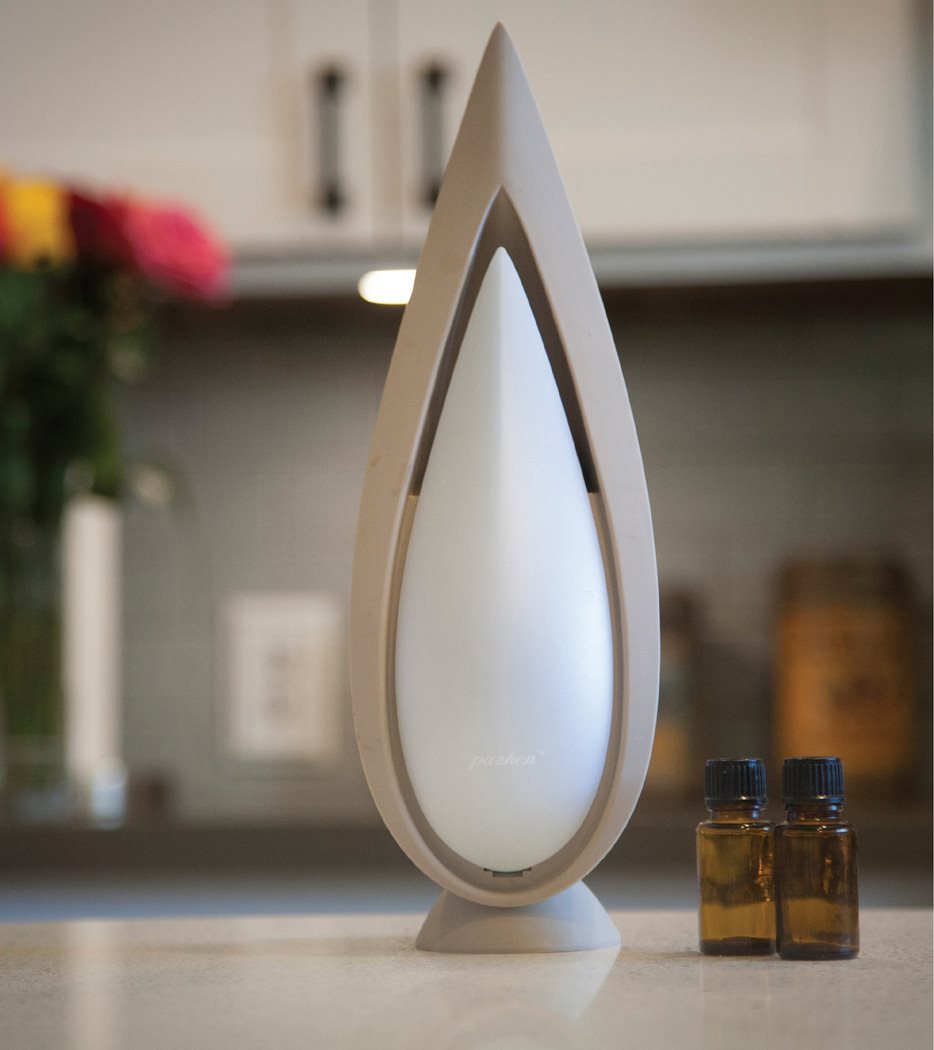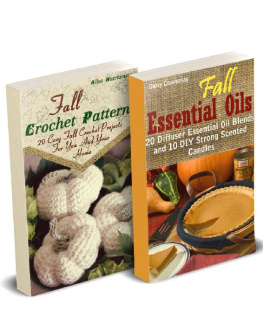

 Copyright 2018, 2020 Pam Farley/BrownThumbMama All rights reserved. No part of this book may be reproduced in any manner without the express written consent of the publisher, except in the case of brief excerpts in critical reviews or articles. All inquiries should be addressed to Racehorse Publishing, 307 West 36th Street, 11th Floor, New York, NY 10018. Racehorse Publishing books may be purchased in bulk at special discounts for sales promotion, corporate gifts, fund-raising, or educational purposes. Special editions can also be created to specifications. For details, contact the Special Sales Department, Skyhorse Publishing, 307 West 36th Street, 11th Floor, New York, NY 10018 or .
Copyright 2018, 2020 Pam Farley/BrownThumbMama All rights reserved. No part of this book may be reproduced in any manner without the express written consent of the publisher, except in the case of brief excerpts in critical reviews or articles. All inquiries should be addressed to Racehorse Publishing, 307 West 36th Street, 11th Floor, New York, NY 10018. Racehorse Publishing books may be purchased in bulk at special discounts for sales promotion, corporate gifts, fund-raising, or educational purposes. Special editions can also be created to specifications. For details, contact the Special Sales Department, Skyhorse Publishing, 307 West 36th Street, 11th Floor, New York, NY 10018 or .
Racehorse Publishing is a pending trademark of Skyhorse Publishing, Inc., a Delaware corporation. Visit our website at www.skyhorsepublishing.com. 10 9 8 7 6 5 4 3 2 1 Library of Congress Cataloging-in-Publication Data is available on file. Cover and interior photography by Brooke Lumbus Photography Cover design by Michael Short Additional photos by Pixabay Print ISBN: 978-1-63158-587-6 eBook ISBN: 978-1-63158-270-7 Printed in China 
Disclaimer
T he information in this book is not intended to treat, cure, diagnose, or otherwise address medical conditions or ailments. This book is for educational, entertainment, and informational purposes only. The contents of this book have been thoroughly reviewed for accuracy.
However, the author and publisher disclaim any liability for any damages, losses, or injuries that may result from the use or misuse of any product or information presented herein. It is the purchasers responsibility to read and follow all instructions and warnings on all product labels. 
CONTENTS


Why Diffuse Essential Oils?
What are essential oils?
Essential oils are naturally occurring compounds found in the seeds, roots, flowers, and other parts of plants. They are highly concentrated when distilled for purity and potency, and have been used for thousands of years for health, mood, and home.
Why diffuse essential oils?
Many of us grew up using air freshener sprays, gels, and plug-ins in our homes. What we didnt know then (but are learning now) is that many air fresheners use carcinogens chemicals that can aggravate asthma and affect reproductive development.
Independent lab testing of spray, gel, and plug-in air fresheners confirmed the presence of phthalates (hormone-disrupting chemicals that could be a health risk to babies and young children) in 85 percent of products testedincluding those marked all natural. None of the products had these chemicals listed on their labels. (Source: nrdc.org/media/2007/070919) But wait! you might say. The ingredient list on my air freshener bottle says, Contains water, alcohol, odor eliminator derived from corn, fragrance. Why arent all those chemicals listed? For one single reasonthey dont have to be. Under the United States Federal Hazardous Substances Act (FHSA), manufacturers are not required to list all ingredients of household cleaners.
This is ostensibly to protect their formulations from competitorswhich is odd, because bread has all of its ingredients listed and theres no lack of competition in the bread aisle. Pure, high-quality essential oils contain no fillers, artificial ingredients, pesticides, or other contaminants. Thats why they are my choice for freshening the air and providing other health benefits. We have a diffuser in nearly every room of our home!
Quality is Critical
A s with many products, essential oils are made in different grades or levels of quality. Synthetic oils or fragrance oils are the lowest quality and are typically used in lotions or perfumes. These are often sold at craft or health food stores.
Food grade oils are used to flavor things like cake mix, cereal, etc. An example of this is the lemon or orange flavoring sold at the grocery store. Therapeutic grade oils are the highest grade and can be used aromatically (spread via air), topically (on the skin), or internally. I only use and recommend therapeutic grade oils, which you can learn more about at www.BrownThumbMama.com/oils. There is no governing body regulating the quality of essential oils, so companies can make claims like 100 percent pure or natural with few repercussions. There is no guarantee that these oils are pure.
They may contain pesticide residues, solvents, contaminants, or synthetic compounds (which are much cheaper to produce). Therapeutic grade essential oils are tested by independent laboratories to ensure they are completely pure and free of synthetics, contaminants, and pesticide residues. After meeting these stringent requirements, they are labeled safe by the Food & Drug Administration (FDA) for topical or internal use.
A Word About Safety
E ssential oils are highly potent plant extracts and should be used with care. They are safe and effective when used correctly, and it only takes a small amount to see powerful therapeutic benefits. Remember: Never apply essential oils directly to the eyes, the ears, the nose, or other sensitive areas.
To dilute essential oils, apply coconut oil or another vegetable oil (not water). Its important to use only therapeutic quality essential oils, read all labels thoroughly, and use common sense. Essential oil diffusers are electrical appliances and should not be used around water. Parents: Therapeutic quality oils are safe to use with children when highly diluted. When diffusing oils in a childs room, reduce the number of drops in the recipe and diffuse for a few minutes at a time. Pet Owners: An animals sense of smell is so much more powerful than our own.
Because of this, they must be able to leave the room if a smell becomes overwhelming to them. Do not diffuse essential oils in a closed room that the animal cannot leave. 
Types of Diffusers
T here are two main types of essential oil diffusers: ultrasonic and nebulizing. The primary difference is that ultrasonic diffusers use water and nebulizing diffusers do not. Ultrasonic diffusers agitate water and essential oils at millions of vibrations per second. This converts the water into a fine mist and converts the oil into micro-particles that are released into the air.
The mist emitted is so fine that if you hold your hand over the diffuser, your hand doesnt get wet. Nebulizing diffusers pressurize air and draw oils through a special nozzle. This breaks the oils down into minute particles and disperses them into the air in short bursts. These diffusers dont use water, but can use an entire bottle of oil quickly if diffuser settings are not correct. Its important to compare the features of the different types of diffusers before you make a purchase.














 Copyright 2018, 2020 Pam Farley/BrownThumbMama All rights reserved. No part of this book may be reproduced in any manner without the express written consent of the publisher, except in the case of brief excerpts in critical reviews or articles. All inquiries should be addressed to Racehorse Publishing, 307 West 36th Street, 11th Floor, New York, NY 10018. Racehorse Publishing books may be purchased in bulk at special discounts for sales promotion, corporate gifts, fund-raising, or educational purposes. Special editions can also be created to specifications. For details, contact the Special Sales Department, Skyhorse Publishing, 307 West 36th Street, 11th Floor, New York, NY 10018 or .
Copyright 2018, 2020 Pam Farley/BrownThumbMama All rights reserved. No part of this book may be reproduced in any manner without the express written consent of the publisher, except in the case of brief excerpts in critical reviews or articles. All inquiries should be addressed to Racehorse Publishing, 307 West 36th Street, 11th Floor, New York, NY 10018. Racehorse Publishing books may be purchased in bulk at special discounts for sales promotion, corporate gifts, fund-raising, or educational purposes. Special editions can also be created to specifications. For details, contact the Special Sales Department, Skyhorse Publishing, 307 West 36th Street, 11th Floor, New York, NY 10018 or .



